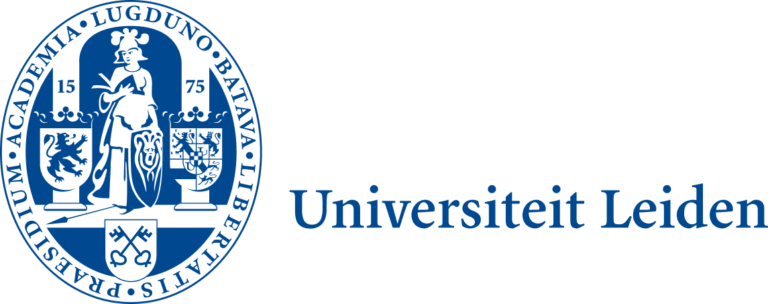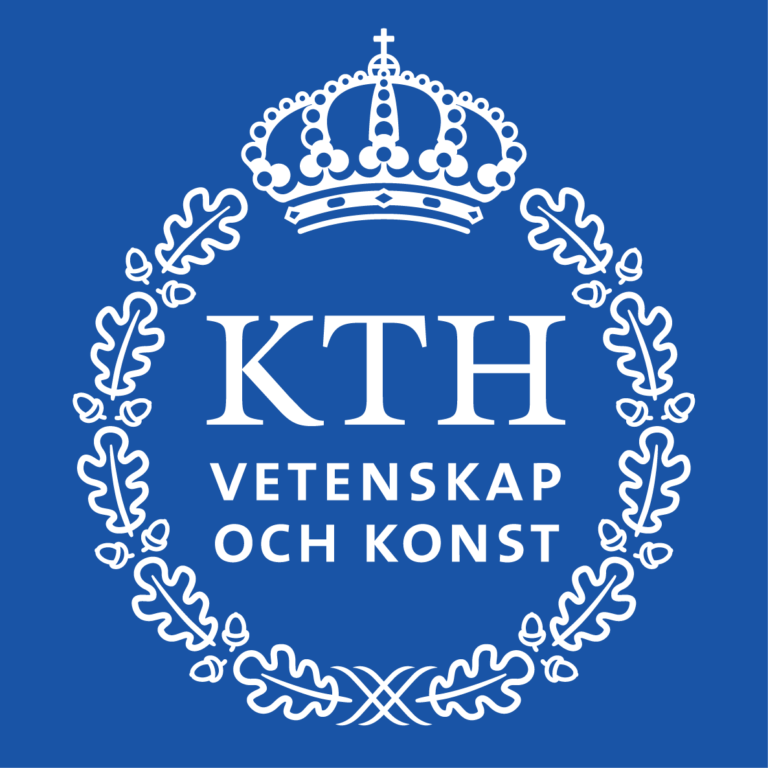
What we do
The PRINCE – Policy Relevant Indicators for National Consumption and Environment – project is mainly concerned with methodological innovations and research. In the process, the research team also delivered data for new environmental impact indicators. These provide the most complete picture of Sweden’s global consumption footprint yet available.
Work is ongoing to continually update these data and methods. In the latest phase (2021) we focus on developing new indicators for fisheries, biodiversity, and chemicals.
Led by Statistics Sweden, the consortium implementing PRINCE includes statisticians, economists, engineers, physicists, biologists, mathematicians, social scientists, and communication experts, who all work in applied environmental research in leading European institutes.
Designing for policy impact
PRINCE is designed expressly to support the Generational Goal. Firstly, the new monitoring framework will measures pressures related to consumption both inside and outside Sweden in consistent ways, allowing comparison of domestic and extra-territorial impacts, across product groups and over time, to reveal how Sweden’s consumption footprint is changing.
Secondly, it uses multi-regional input-output (MRIO) modeling to trace the flows of commodities and potential environmental pressures back along complex global supply chains, including not just the commodities that reach Sweden but also “embedded” materials and pressures – for example related to the production and use of fertilizers to grow agricultural commodities, or fuel used in transportation.
MRIO also reveals countries where production and associated environmental pressures took place. With this information it is possible to use knowledge about the local environment, production techniques etc. to give a more nuanced picture of environmental pressures; for example, differentiating between water use in a producer country with high water scarcity and one without.
Finally, by giving sufficient detail about consumers (dividing into private and government) and “hotspot” product groups and production locations, the PRINCE indicators can be of direct use in guiding policy decisions, for example on where to direct relevant technical cooperation.
Contact information
Nils Brown – PRINCE project lead at Statistics Sweden (SCB) nils.brown@scb.se
Partners
Funders
PRINCE was funded by the Swedish Environmental Protection Agency under a Swedish Environmental Protection Agency research grant (Environmental Research Appropriation 1:5).





